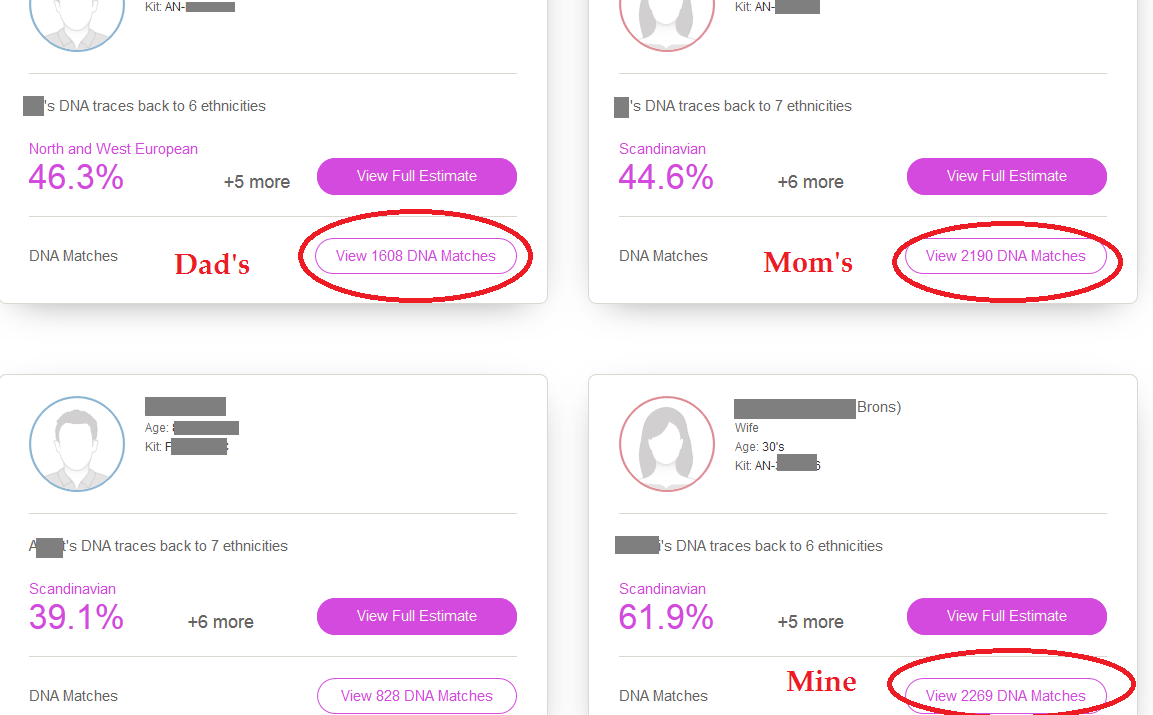
Of course, these shared matches actually represent two lines of ancestors: both Hilda and your great-grandfather (who we’ll call Harold).

Use traditional genealogy research methods to take these shared DNA matches back to the ancestral couple you’re researching. You should start by investigating Hank and the matches that the tool says you share. Use the Shared Matches tool to identify other test takers that both you and Hank have as matches. You study his profile, and (based on your research and your estimated relationship) determine he might share your great-grandmother Hilda as an ancestor. To return to our earlier example, let’s say you have a second-cousin match named Hank. Studying these shared matches will help you identify even more people who might get you closer to your target individual.

Most testing companies provide you with a tool that highlights matches you and a DNA match share with each other. Learn more with our DNA triangulation guide. This analysis forms the early stages of DNA triangulation, which is an advanced technique that uses known information about two individuals to infer facts about a third, unknown person. Researching these matches, who have your target individual as their most recent common ancestor (MRCA), will get you closer to your goal.įor example, if you want to learn more about your great-grandmother Hilda, you might flag second-cousin matches who share similar ancestral surnames, since the testing company estimates that you and those matches have a great-grandparent as an MRCA. Identify matches who seem to be related to the person you want to research. Now that you have your results and can see matches, consider what you’ve already found and how that information relates to your research question.
My dna matches full#
It’s also possible you didn’t know the full scope of your goal (such as discovering birth family members) when you began. You may have chosen this goal when you put together your DNA testing strategy. Naming what you’re hoping to accomplish will help you determine a direction for your research. What question are you trying to solve? Which ancestor are you looking for? After all, if you don’t know what you want, you won’t know who can help you find them.

My dna matches how to#


 0 kommentar(er)
0 kommentar(er)
